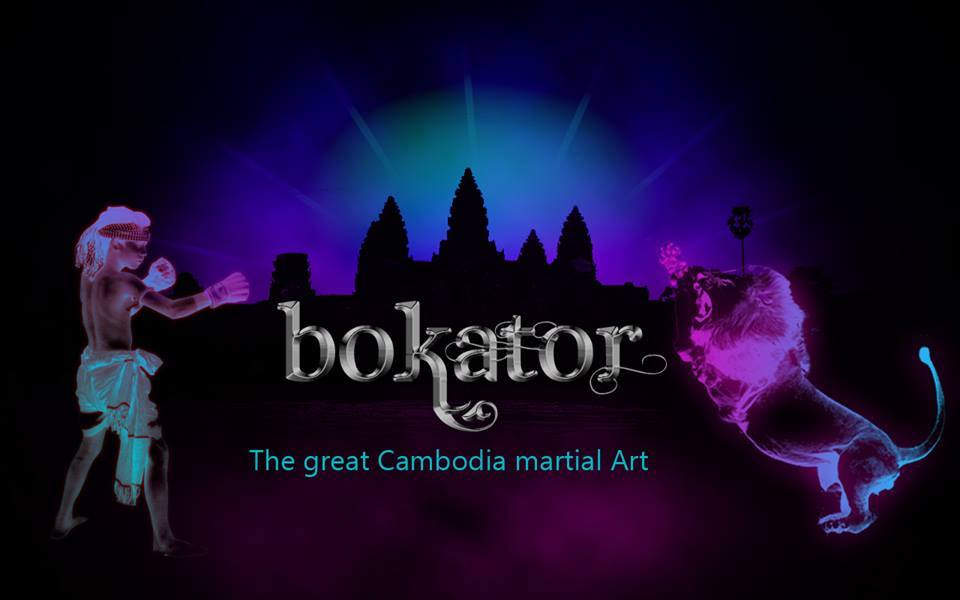The Latchford Collection #9:
Douglas Latchford had the pick of the bunch so to speak in terms of which sculptures he selected for his own personal collection, which he kept at his homes in London and Bangkok. He selected the very best, and in some cases, the most extraordinary stone and bronze artifacts for himself. This extremely rare sandstone sculpture of the fearsome demon Rakshasa is a prime example. I know of only two similar artifacts, kept presently at the Cleveland Museum of Art and New York’s Met Museum. The dramatic facial expression of this Latchford piece, photographed in his London home in 2014, is rivalled only by some of the Asura demons that used to protect the causeways at Angkor Thom and Preah Khan. Rakshasa are featured in Hindu mythology as a race of malevolent beings, with supernatural powers, as well as shape-shifting and man-eating tendencies. Not someone to be crossed. The Hindu epic Ramayana claims they were created from Brahma’s foot; and Ravana, with ten heads, was their king and mortal enemy of Rama, the hero of the epic Indian story.
The Rakshasa figures in the two museums I mentioned, are both dated to the Koh Ker period of the second quarter of the tenth century, when the stone craftsmen of Jayavarman IV were producing perhaps the most dynamic and audacious sculptures of the whole Khmer Empire. It’s easy to slot the Latchford demon into the same timeline, with the Cleveland piece depicting very similar characteristics. Clearly, it’s the facial features that stand out, with the monstrous eyeballs and double-layered eyebrows, large wide nose and fangs protruding from the mouth that are deliberately menacing. The spiky tight loops of hair that flow down over his shoulders, together with the enormous pendant earrings add to the spine-chilling visage. His arms and legs, splayed out in dramatic fashion, are mostly missing and what looks like a dangling central pleat of his sampot may’ve been used to steady the standing sculpture. One of the temples at Koh Ker remains the most likely original host for this statue, while experts have proposed that the Rakshasa torso at the Met Museum was looted from the east gate of Prasat Chen in the past, and have named it as the demon Hiranyakashipu, perhaps better known for the depiction of his death by Narasimha at Banteay Srei.
On his death in 2020, more than fifty years after the British art dealer began accumulating Khmer art and exporting thousands of stone and bronze sculptures around the world to museums, private collectors and auction houses, Latchford’s daughter Julia Copleston, promised to return his personal hoard of Khmer artworks to Cambodia. That process is still taking place and whether this Rakshasa sculpture will be among the treasures heading home, remains to be seen. It’s a very rare piece of Khmer art and should be on display in Cambodia, as should the thousands of other sculptures spirited out of the kingdom and spread far and wide across the globe.















